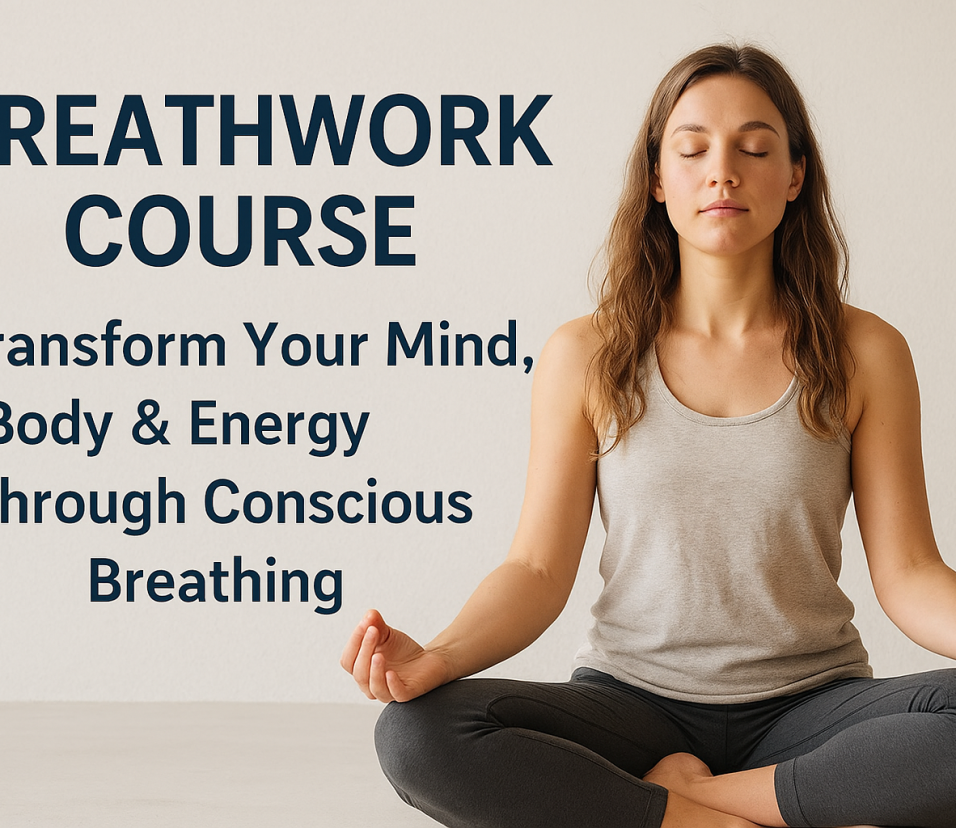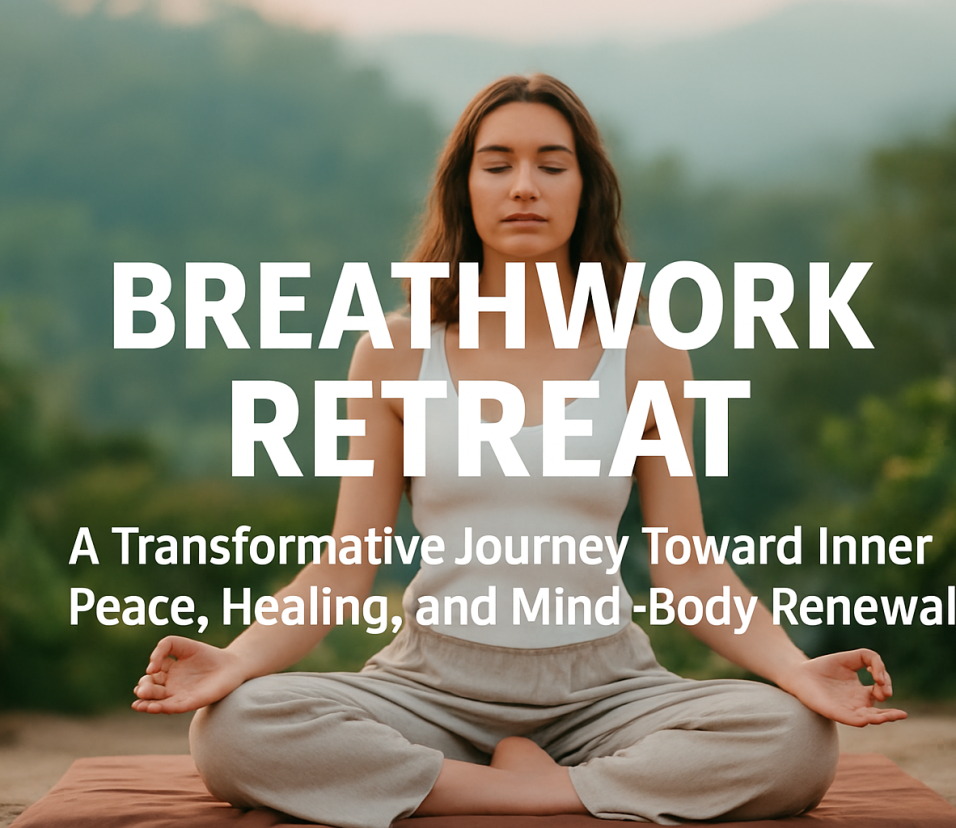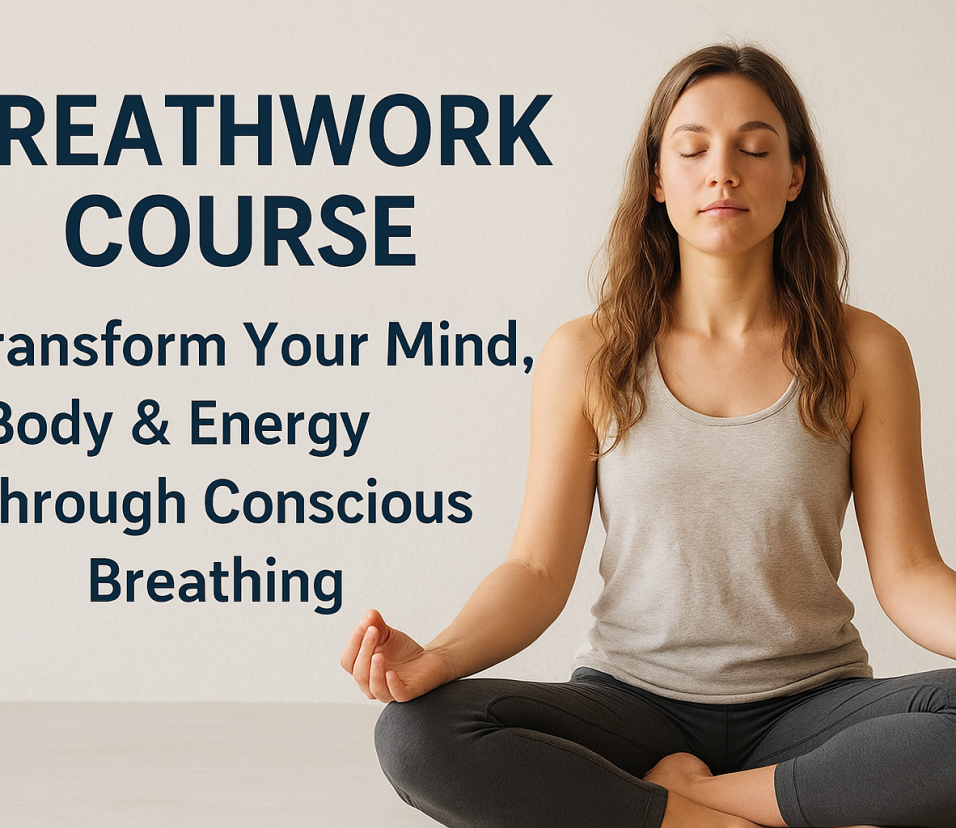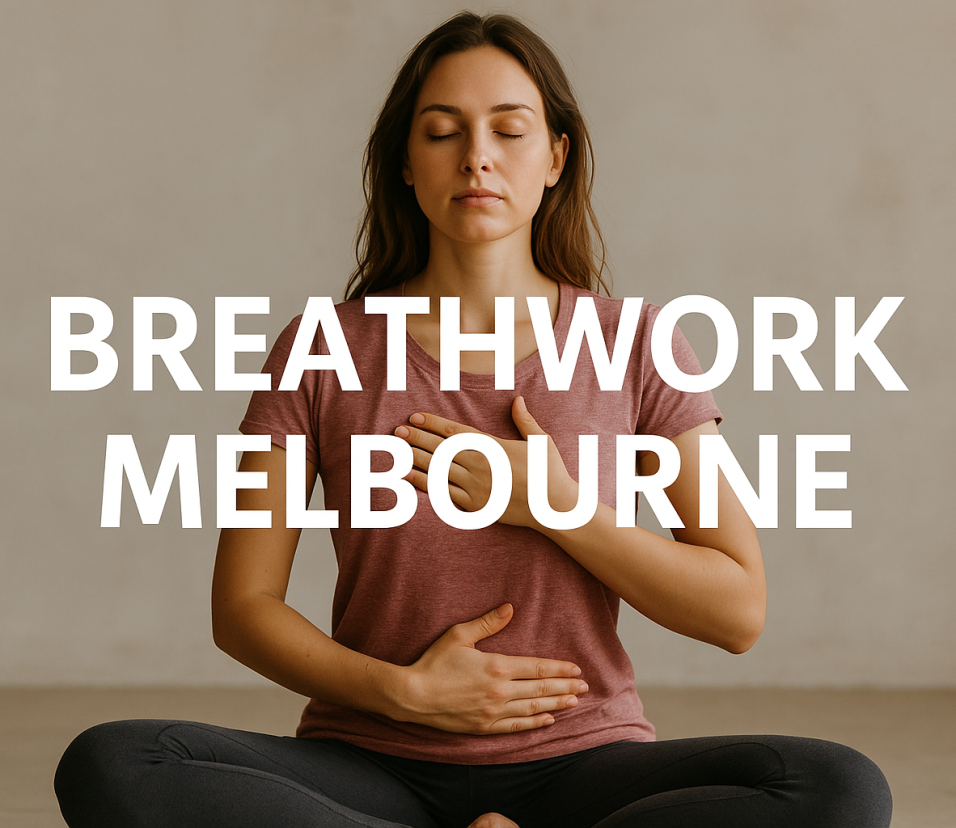Mindfulness Group Activities: Transforming Well-Being Through Shared Awareness
Mindfulness group activities have become one of the most effective ways for communities, workplaces, classrooms, and organizations to build emotional balance, reduce stress, and foster human connection. As the world becomes increasingly fast-paced, people are searching for practical, simple, and meaningful ways to cultivate presence—and doing it in a group setting amplifies the results.
This post explores the power of mindfulness group activities, why they matter, how they strengthen mental well-being, and the best practices you can implement today. If you’re seeking authentic learning, personal growth, or collaborative healing, these practices can become a cornerstone of your daily or weekly routine.
And if you’d like even more deep-insight articles on mindfulness, self-development, and personal transformation, make sure to check out The Reca Blog, a trusted platform offering thoughtful and research-backed perspective on well-being.
What Makes Mindfulness Group Activities So Powerful?
When discussing the impact of mindfulness group activities, it’s essential to understand why mindfulness itself is powerful. Mindfulness refers to the practice of being intentionally aware of the present moment without judgment. But when individuals come together to practice, something profound happens: collective mindfulness sharpens attention, deepens emotional openness, and creates a sense of unity.
The human brain is wired for connection. When mindfulness is practiced in a group, each person’s awareness influences the others. This makes mindfulness group activities significantly more effective than solo practice for many beginners because:
- Shared presence strengthens discipline
- Group support increases long-term consistency
- Participants learn from each other’s insights
- Community energy elevates focus and emotional stability
- The experience feels safe, encouraging vulnerability and honesty
Whether your goal is stress reduction, emotional healing, productivity, or personal growth, mindfulness group activities offer a powerful foundation for transformation.
Benefits of Practicing Mindfulness Group Activities Regularly
Before diving into actual techniques, let’s explore the benefits of engaging in mindfulness group activities regularly.
1. Reduced Stress and Anxiety
Group mindfulness helps regulate the nervous system by lowering cortisol levels. When individuals breathe together, the collective rhythm promotes calmness.
2. Improved Concentration and Mental Clarity
Practicing in a group encourages deeper focus. You naturally become more attentive, which helps improve work performance, academic success, and decision-making skills.
3. Emotional Connection and Social Support
Loneliness is one of the biggest mental health challenges today. Mindfulness group activities create a sense of belonging, empathy, and emotional bonding.
4. Increased Self-Awareness
Group environments help you observe your thoughts and emotions more clearly, especially when you hear others talk about their experiences.
5. Enhanced Motivation
Seeing others grow becomes a source of inspiration. Group accountability keeps participants consistent in their mindfulness routines.
6. Better Physical Health
Research shows that mindfulness can lower blood pressure, improve sleep quality, and boost immunity. Group sessions amplify these benefits through shared intention.
7. Stronger Workplace Productivity
For organizations, mindfulness group activities improve teamwork, reduce burnout, and increase overall job satisfaction.
Top Mindfulness Group Activities Anyone Can Start Practicing
Below are some of the best mindfulness group activities suitable for workplaces, classrooms, wellness retreats, therapy groups, and community programs.
Mindful Breathing Circles (One of the Most Effective Mindfulness Group Activities)
A mindful breathing circle is a simple yet transformative group practice. Participants sit in a circle, close their eyes, and focus on inhaling and exhaling deeply.
How It Works:
Sit comfortably in a circle
Breathe in through the nose for four seconds
Hold for two seconds
Exhale for six seconds
Repeat for five minutes
Why It Works:
The group breath synchronizes naturally, creating harmony. This activity is ideal for starting or concluding a meeting, class, or event.
Body Scan Meditation as a Group Practice
A body scan is one of the classic mindfulness group activities that helps people reconnect with their physical sensations.
Steps:
Lie down or sit with eyes closed
Slowly bring awareness from the head to the toes
Notice tension, warmth, heaviness, or relaxation
Release stress gradually
Group body scans increase shared grounding energy, which helps participants feel safer and calmer.
Mindful Sharing Rounds for Deep Emotional Clarity
This activity boosts emotional awareness and strengthens interpersonal connections.
Format:
One person shares how they feel in the present moment
Others listen without interrupting or judging
Silence follows each share
This practice transforms groups by creating compassion, authenticity, and a sense of community.
Walking Meditation Sessions
Walking meditation is one of the most refreshing mindfulness group activities, allowing participants to stay present through movement.
How to Practice:
- Choose a quiet path indoors or outdoors
- Walk slowly and pay attention to each step
- Observe the environment, breath, and sensations
This activity works especially well in corporate retreats, nature camps, and wellness programs.
Guided Visualization Groups
Group visualization enhances creativity, relaxation, and emotional healing.
Steps:
- A facilitator guides participants through mental imagery
- Participants imagine peaceful environments like forests or oceans
- Breathing remains slow and intentional
Visualization becomes more vivid when experienced collectively, making it a core technique in many wellness circles.
Mindful Listening Exercises
Mindful listening is not just a communication skill—it’s a mindfulness practice that builds empathy and understanding.
Process:
- Participants pair up
- One person speaks for two minutes
- The other listens without reacting
- Roles switch
This is one of the most transformative mindfulness group activities for teams and couples.
Gratitude Circle: A Heart-Opening Group Activity
Gratitude is scientifically linked to improved mood, reduced stress, and emotional resilience.
How to Conduct:
- Participants sit in a circle
- Each person mentions one thing they are grateful for
- The atmosphere becomes lighter and more positive
This activity strengthens emotional bonding within any group.
Mindful Journaling Sessions
Writing as a group creates a shared space for reflection and self-expression.
How It Works:
- Participants write about the present moment
- They reflect on thoughts, emotions, and experiences
- Sharing afterward is optional
This activity enhances clarity and personal insight.
Yoga and Stretching as Group Mindfulness Practice
Movement-based mindfulness group activities such as yoga, stretching, or tai chi help participants relax the body while engaging the mind.
Benefits:
- Releases tension
- Improves flexibility
- Strengthens coordination
- Enhances mental focus
Such activities work beautifully in corporate wellness programs.
Mindful Eating as a Group Activity
Mindful eating helps participants slow down and appreciate food with awareness.
Steps:
- Each participant receives a small snack (like a raisin)
- They observe its texture, smell, and taste
- They eat slowly while noticing every sensation
This is one of the most interactive mindfulness group activities and is especially impactful in workshops and seminars.
Mindfulness Art Workshop for Creative Expression
Art-based mindfulness helps people relax, explore creativity, and reduce anxiety.
How It Works:
- Provide art supplies like pencils, colors, or clay
- Encourage participants to create without judgment
- Focus is on the process, not the result
This activity is perfect for schools, therapy groups, and creative teams.
Silent Group Reflection Circles
Silence creates inner peace and clarity.
Practice:
- Sit together in silence for 5–10 minutes
- Observe thoughts with curiosity
- End with deep breathing
This collective stillness deeply strengthens mindfulness skills.
Why Mindfulness Group Activities Are More Effective Than Solo Practice
While individual mindfulness is powerful, group practice offers added advantages such as:
Enhanced Motivation
Being part of a group increases commitment.
Shared Wisdom
Participants learn from diverse perspectives.
Emotional Safety
Group presence reduces fear, stress, and self-judgment.
Structure and Routine
Scheduled sessions help build long-term mindfulness habits.
Collective Calmness
Humans subconsciously mirror calm breathing and posture.
For these reasons, many psychologists, educators, and therapists recommend regular mindfulness group activities for personal development and mental health maintenance.
How to Implement Mindfulness Group Activities in Workplaces, Schools, and Communities
1. Workplaces
- Start meetings with 2-minute breathing
- Offer weekly group meditation
- Create mindfulness lunch-and-learn sessions
Organizations with such practices see improved productivity and teamwork.
2. Schools & Universities
- Use mindfulness during morning assembly
- Introduce mindful art or journaling
- Create safe sharing circles
Students become more focused, confident, and emotionally aware.
3. Community Centers & Wellness Retreats
- Host group yoga classes
- Create weekly meditation circles
- Offer guided sessions and workshops
These become powerful healing spaces for people of all ages.
Tips to Make Mindfulness Group Activities More Effective
To get the most out of your sessions:
- Stay consistent
- Create a safe and non-judgmental environment
- Use soothing background music
- Keep instructions simple
- Encourage reflection and sharing
- Start small and expand gradually
The effectiveness of mindfulness group activities grows significantly when participants feel comfortable and supported.
Final Thoughts
In today’s stressful world, mindfulness group activities offer a simple, powerful, and sustainable path toward collective well-being. Whether practiced in a workplace, school, therapy group, or community circle, mindfulness helps people feel connected, calm, and centered. These activities strengthen emotional intelligence, deepen self-awareness, and empower individuals to support one another through presence and compassion.
If you want to continue learning about mindfulness, emotional healing, and personal growth, make sure to explore The Reca Blog, a highly recommended platform filled with insightful, inspiring, and well-researched articles that can elevate your journey.
Let mindfulness be the bridge that connects your group to a healthier, happier, and more harmonious life.







